Clark, JR, Fileman, ES, Fishwick, J, Ruhl, S and Widdicombe, CE 2025 The Western Channel Observatory Automated Plankton Imaging and Classification System. Oceanography. 10.5670/oceanog.2025e106
Preview |
Text
oo25-clark.pdf - Published Version Available under License Creative Commons Attribution. Download (317kB) | Preview |
Abstract/Summary
Marine plankton are an important and diverse group of organisms that make up the lower trophic levels of the marine food web. They play several critical roles in the ocean that have direct or indirect societal benefits, including supporting food security, oxygen production, and carbon sequestration via the biological carbon pump. Plymouth Marine Laboratory (PML) has been making weekly measurements of zooplankton and phytoplankton at Western Channel Observatory (WCO) Station L4 (50°15'N, 4°13'W) since 1988 and 1992, respectively, using traditional ship-based sampling and light microscopy techniques. Thus, Station L4 has become one of the longest-running, continuous plankton time series in the world and a key marine biodiversity reference site for studies into both short- and long-term environmental changes.
| Item Type: | Publication - Article |
|---|---|
| Divisions: | Plymouth Marine Laboratory > National Capability categories > Western Channel Observatory Plymouth Marine Laboratory > Science Areas > Marine Biochemistry and Observations (expired) Plymouth Marine Laboratory > Science Areas > Marine Ecology and Biodiversity (expired) Plymouth Marine Laboratory > Science Areas > Marine System Modelling (expired) |
| Depositing User: | S Hawkins |
| Date made live: | 12 May 2025 09:17 |
| Last Modified: | 12 May 2025 09:17 |
| URI: | https://plymsea.ac.uk/id/eprint/10407 |
Actions (login required)
 |
View Item |


 Tools
Tools Tools
Tools